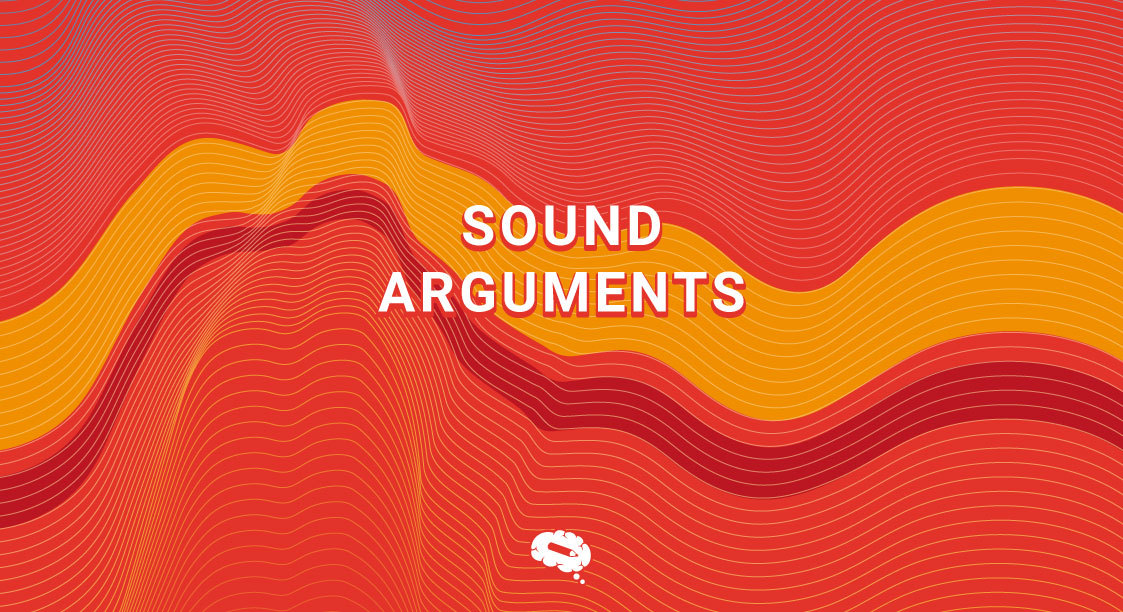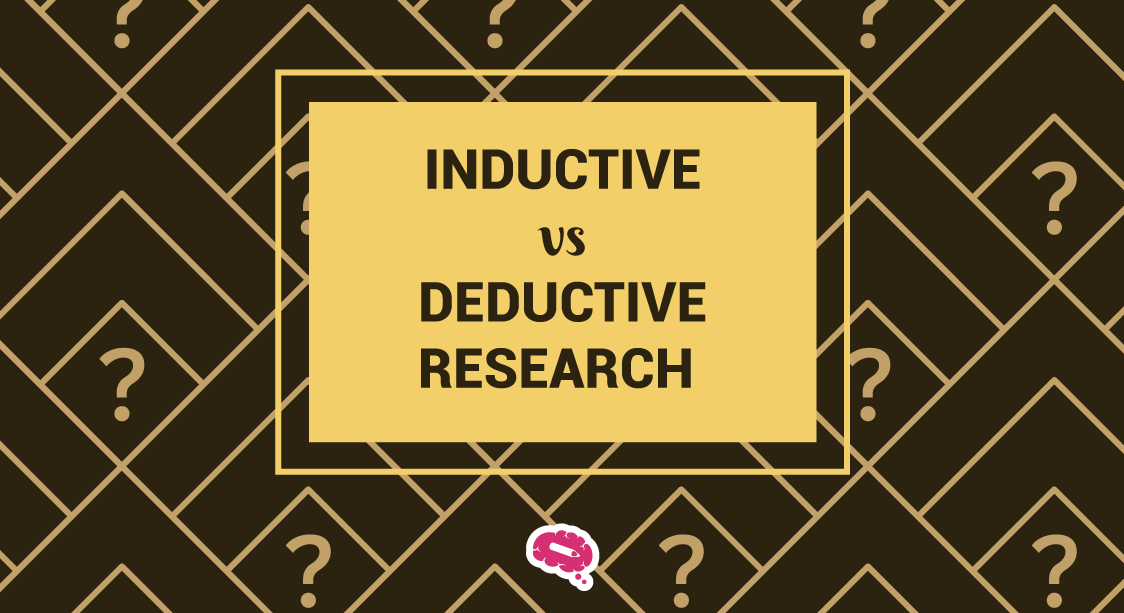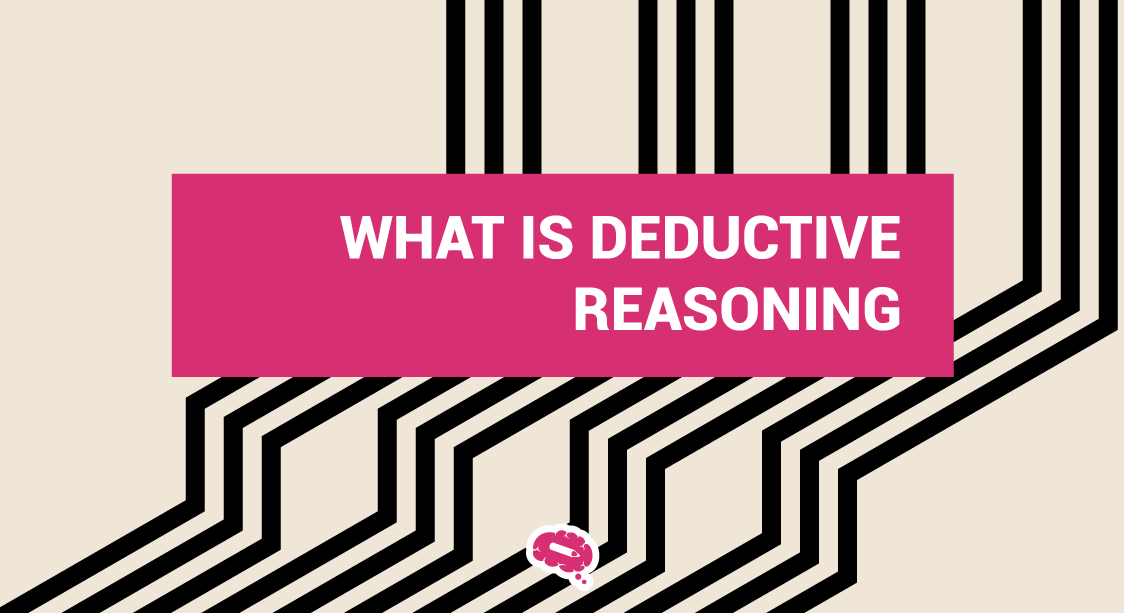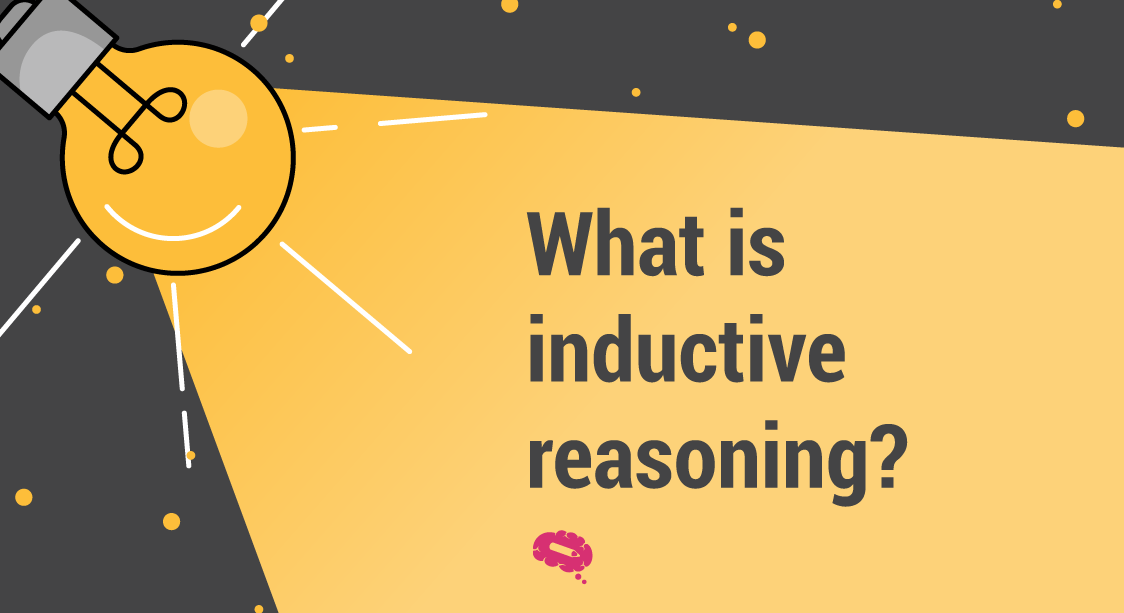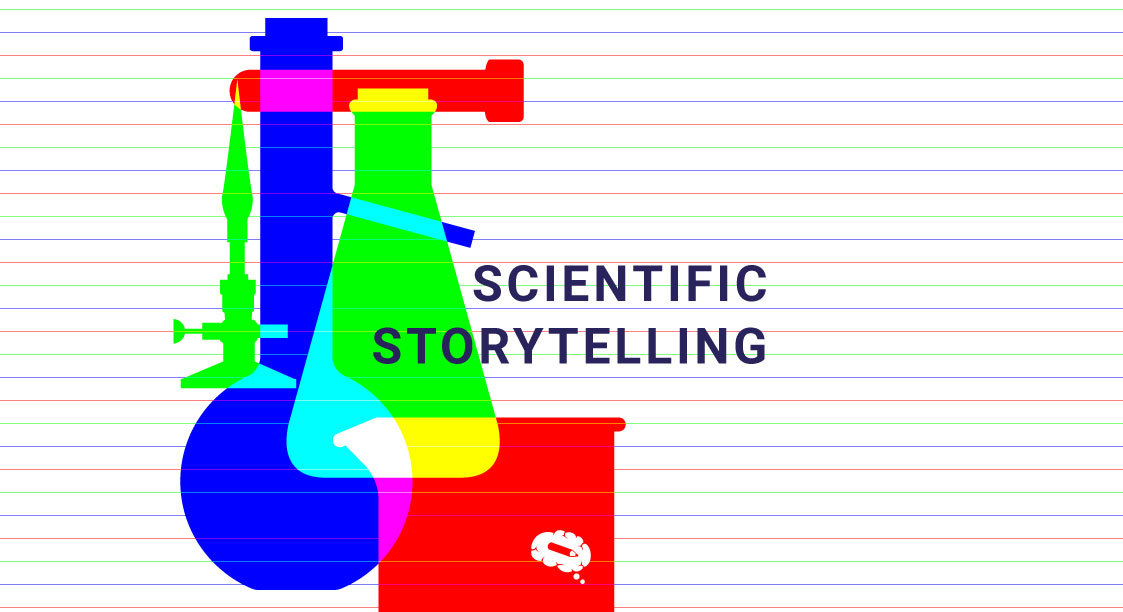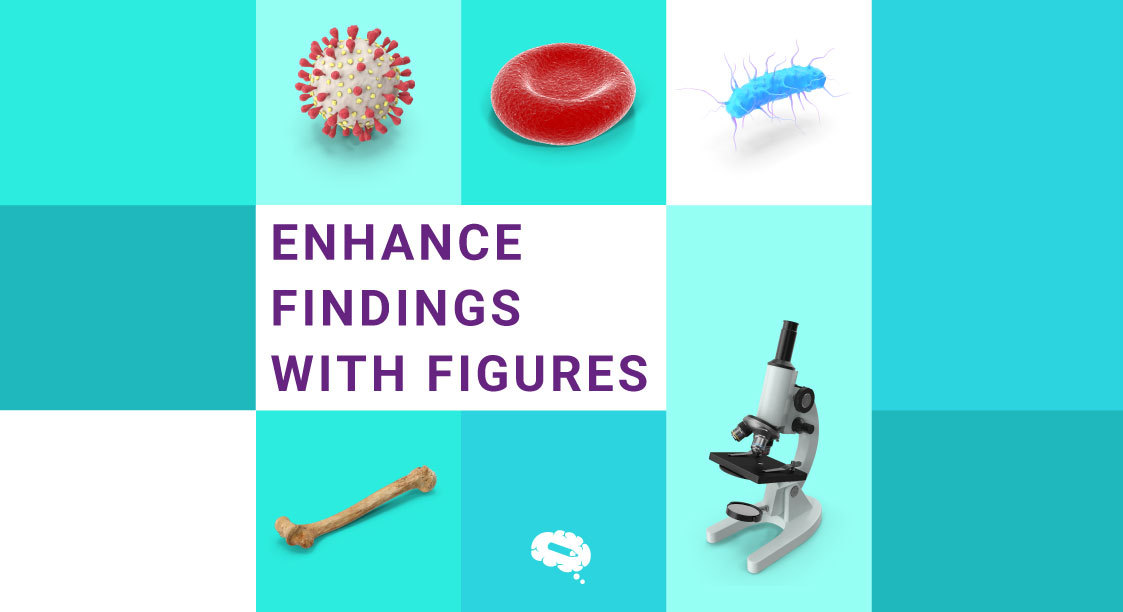In everyday discussions and decision-making, strong and convincing arguments play a vital role. They are like a roadmap guiding us through the maze of ideas and choices. Understanding what makes these arguments solid, like how they are built, what they are made of, and why they matter, helps us communicate better and make smarter decisions. Sound arguments, with their facts and solid structure, are the foundation of good reasoning. They are made of parts like premises (the reasons) and conclusions (the big ideas) that fit together logically. These arguments are super important because they help us think better, make choices wisely, and have better conversations where everyone can learn and grow.
The Importance Of Sound Arguments
Sound arguments are important in various aspects of communication, reasoning, and decision-making. An argument is a set of statements where one statement (the conclusion) is supported by the others (the premises). A sound argument, specifically, is not only valid in its structure but also has true premises, which logically lead to a true conclusion. Below are key points outlining the significance of sound arguments:
Logical Coherence: Sound arguments ensure that the reasoning is logically consistent. They demonstrate a valid structure, where the conclusion follows logically from the premises.
Convincing Persuasion: In debates, discussions, and persuasive writing, sound arguments help persuade others because they’re built on factual, reasonable foundations, making it more likely for people to accept the conclusion.
Critical Thinking: Understanding sound arguments involves analyzing information, evaluating evidence, and making reasoned judgments. Engaging with sound arguments helps in developing these skills.
Avoiding Fallacies: Recognizing sound arguments helps in identifying fallacious reasoning. By understanding the structure of a valid and sound argument, one can more easily spot errors in reasoning, false assumptions, or deceptive tactics in discussions or debates.
Constructive Dialogue: Sound arguments foster constructive discussions. They encourage individuals to present evidence and reasoning, leading to a more fruitful exchange of ideas. They form the basis for healthy discourse and a better understanding of different perspectives.
Characteristics And Benefits Of Sound Arguments
Understanding the characteristics and benefits of sound arguments is essential for constructing, analyzing, and engaging in rational discourse and decision-making. Some of the characteristics and benefits are:
True Premises: In addition to being valid, the premises of a sound argument are true. This truthfulness ensures the credibility and reliability of the argument’s foundation.
Clear Structure: Sound arguments have a clear and coherent structure. They typically follow recognized forms of logical reasoning (like modus ponens and modus tollens) and are free from ambiguity or confusion.
Relevance: The premises presented in a sound argument are relevant to the conclusion. They directly support the conclusion without introducing irrelevant or unrelated information.
Consistency: There are no contradictions or conflicting statements within the premises or between the premises and the conclusion.
Non-Circularity: A sound argument avoids circular reasoning, where the conclusion merely restates the premises without offering new information or support.
Non-Fallacious: Fallacies are errors in reasoning that can weaken an argument’s validity, and sound arguments steer clear of these pitfalls.
Debate-Worthy: Sound arguments can withstand scrutiny and critical analysis. They hold up under examination and are suitable for use in debates, discussions, or rational discourse.
Utilizing Deductive And Inductive Reasoning In Constructing Sound Arguments
Deductive Reasoning In Sound Arguments
Deductive reasoning forms the backbone of sound arguments. A sound argument is a specific type of deductive argument that fulfills two conditions: it is valid and has true premises. If a deductive argument is valid (the conclusion logically follows from the premises) and its premises are true, then the conclusion must also be true. Deductive reasoning ensures the certainty and truthfulness of the argument, forming a strong foundation for soundness. For more details about Deductive Reasoning, access: “What is Deductive Reasoning“.
Inductive Reasoning In Sound Arguments
Inductive reasoning contributes by providing support to an argument without guaranteeing absolute truth. While deductive reasoning ensures the conclusion’s certainty, inductive reasoning provides a high level of probability to the conclusion. In a sound argument, inductive reasoning might be used to offer strong, though not definitive, support for the conclusion. This adds weight to the argument and enhances its persuasiveness. In this article are more details about Inductive Reasoning: “What is Inductive Reasoning“.
In essence, deductive reasoning ensures the logical validity and truth of the premises, resulting in a guaranteed true conclusion in a sound argument. Inductive reasoning, on the other hand, supplements the argument by providing strong but not absolute support for the conclusion. Together, these two types of reasoning contribute to the strength and persuasiveness of a sound argument, creating a robust and logically convincing line of reasoning. To learn more about Inductive vs Deductive Research: Inductive vs Deductive Research“.
Examples Of Sound Arguments
Here are a few examples of sound arguments that demonstrate the structure and components of logically valid and persuasive reasoning:
Example 1:
Premise 1: All humans are mortal.
Premise 2: Socrates is a human.
Conclusion: Therefore, Socrates is mortal.
This argument is sound because the premises are true and the conclusion logically follows from those premises. It follows a valid syllogistic form.
Example 2:
Premise 1: If it rains, the ground gets wet.
Premise 2: It is raining.
Conclusion: Therefore, the ground is wet.
This argument is sound because the premises are true, and the conclusion logically follows from the established cause-effect relationship between rain and the ground getting wet.
Example 3:
Premise 1: All students who study diligently pass their exams.
Premise 2: Sarah studied diligently.
Conclusion: Therefore, Sarah will pass her exams.
This argument is sound because it follows a valid conditional relationship and the premises are true, leading logically to the conclusion.
Developing And Presenting Sound Arguments
Developing and presenting sound arguments involves several key steps and considerations. Here is a guide to compelling logically sound arguments:
Developing Sound Arguments
Identify the Main Point: Clarify the central claim or conclusion you wish to establish. This will guide the development of the argument.
Gather Relevant Information: Collect factual evidence, data, expert opinions, and logical reasoning that support your claim. Ensure the information is accurate and credible.
Construct Clear Premises: Develop premises that directly support the main point. Make sure these premises are true and logically connected to the conclusion.
Consider Counterarguments: Anticipate potential opposing viewpoints or objections. Addressing these counterarguments strengthens your argument by showing its resilience.
Avoid Logical Fallacies: Be mindful of logical fallacies, such as ad hominem attacks or straw man arguments. Ensure your argument is free from these errors in reasoning.
Organize Your Argument: Structure your argument clearly and coherently. Follow a logical sequence, starting with the premises and leading to the conclusion.
Presenting Sound Arguments
Introduction: Clearly state the main point or thesis. Engage the audience and provide an overview of what your argument will cover.
Supporting Evidence: Present the premises and evidence in a systematic and organized way. Use data, statistics, expert opinions, and examples to bolster your argument.
Logical Flow: Ensure a smooth and logical flow from one point to another. Each premise should naturally lead to the conclusion without gaps or leaps in reasoning.
Address Counterarguments: Acknowledge potential objections or opposing viewpoints. Then, refute or address these counterarguments thoughtfully to strengthen your argument.
Clarity and Conciseness: Use clear, straightforward language. Avoid jargon or overly complex sentences that could obscure your point. Be concise and precise in explanations.
Concluding Statement: Summarize the argument, reiterate the main point, and emphasize the strength of your reasoning. End with a strong concluding statement.
Create High-Quality Scientific Graphics That Capture Attention And Effectively Convey Your Messages.
Mind the Graph is a cutting-edge platform designed to empower scientists to create high-quality, visually engaging scientific graphics. The platform is a powerful tool for researchers, allowing them to craft visuals that not only capture attention but also effectively convey complex scientific messages. Its user-friendly interface and a wide array of customizable templates enable scientists to produce graphs, charts, and illustrations that enhance the visual appeal of their research findings. By offering an extensive library of icons, illustrations, and design elements, Mind the Graph streamlines the process of generating scientifically accurate and visually compelling graphics, aiding researchers in effectively communicating their discoveries to diverse audiences.

Subscribe to our newsletter
Exclusive high quality content about effective visual
communication in science.

